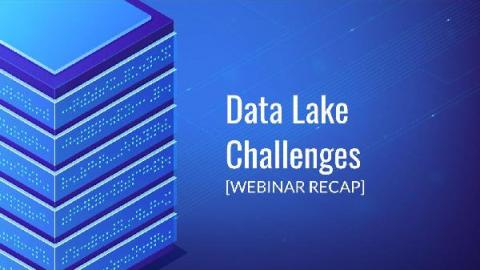Systems | Development | Analytics | API | Testing
Logging
Logit.io's Response To The Elasticsearch B.V. SSPL Licensing Change
On the 14th of January 2021, Elasticsearch B.V. announced that future releases of Elasticsearch and Kibana would be released under a dual license SSPL (Server Side Public License). As a result of this change it is evident that the components that make up Elasticsearch and Kibana in version 7.11 (and onwards) of the ELK Stack will no longer be considered as open source based upon the Open Source Initiative's requirements for licensing.
6 Data Cleansing Strategies For Your Organization
How to Debug Your Unity Videogame
We’re going to investigate the basic strategies to debug an application created with Unity, from logs to breakpoints, during the development stage. Once an app is in production we can switch to using Bugfender, and we’ll explain this too. To illustrate this tutorial we have created a custom app called The Bugfender Game, a variation of the popular Flappy Bird. Unity is a cross-platform game engine that gives users the ability to create games and experiences in 2D, 3D, VR and AR.
Interview With Cyber Security Author Scott Steinburg
For our first specialist interview on the Logit.io blog, we’ve welcomed Scott Steinburg to share his thoughts on the current state of cybersecurity as well as the reasons behind writing his new book Cybersecurity: The Expert Guide. Scott is the creator of the popular Business Expert’s Guidebook series, host of video show Business Expert: Small Business Hints, Tips and Advice and CEO of high-tech consulting firm TechSavvy Global.
Updates from Bugfender Q1, 2021
Welcome to the spring Bugfender newsletter! We’ve been working on the past months improving some of our SDKs, making it easier to integrate Bugfender thanks to API improvements and introducing some new features to make your debugging experience even better. Furthermore, we’ve been actively writing fresh content for our blog. Make sure you don’t miss out on our featured articles for this quarter below!
Data Lake Challenges: Or, Why Your Data Lake Isn't Working Out [VIDEO]
3 Best Logging Add-Ons for Heroku as of 2021
Heroku is a powerful PaaS that helps developers easily and quickly launch and scale modern applications. In addition to its base features, it also offers Heroku Elements Marketplace, which has add-ons for expanding the functionality of the base platform. While Heroku has built-in logging for your applications in this platform, you may find that the default interface leaves something to be desired.











